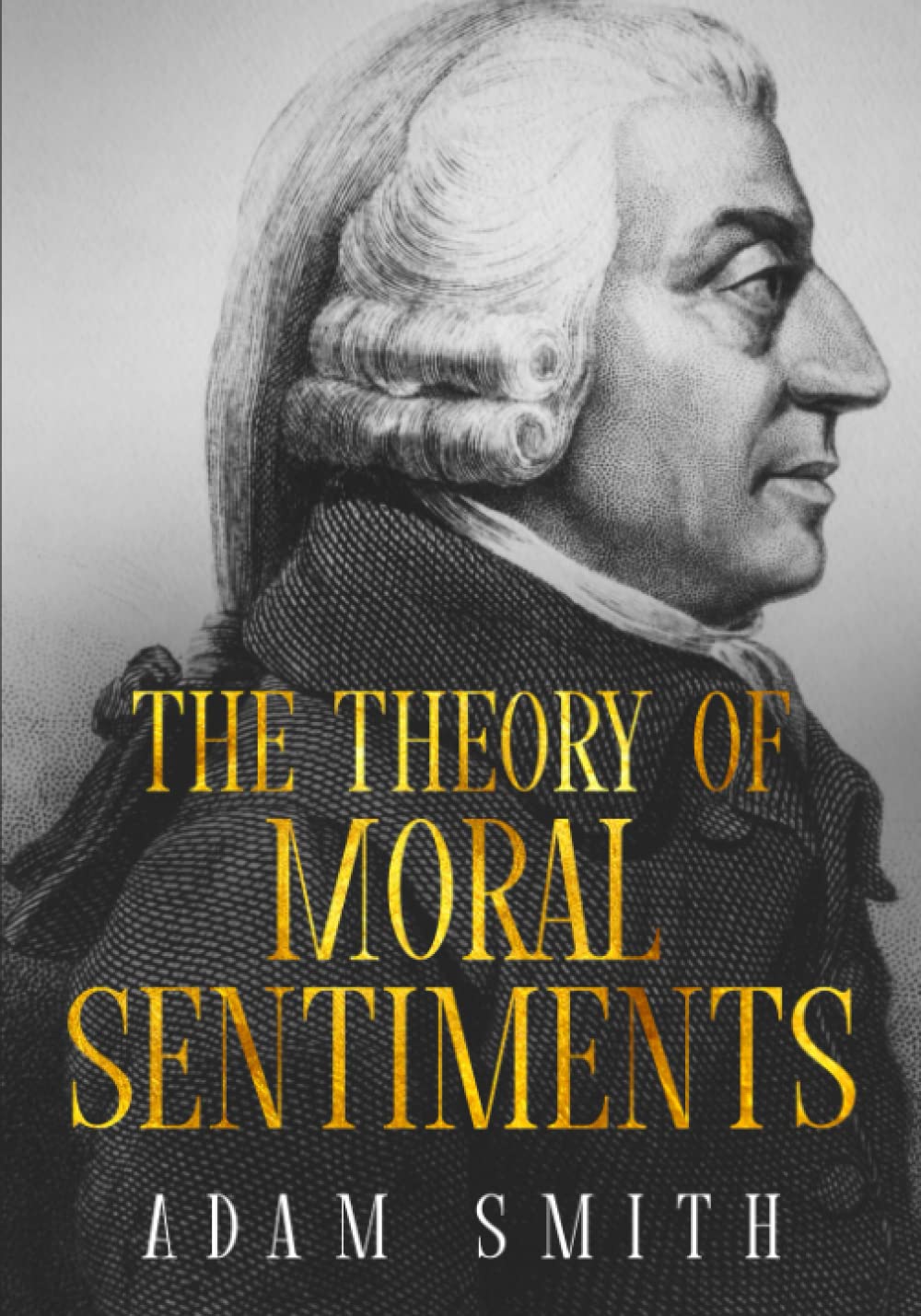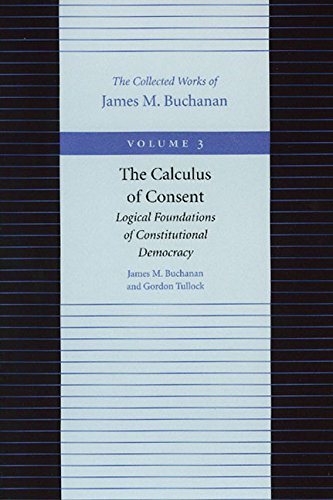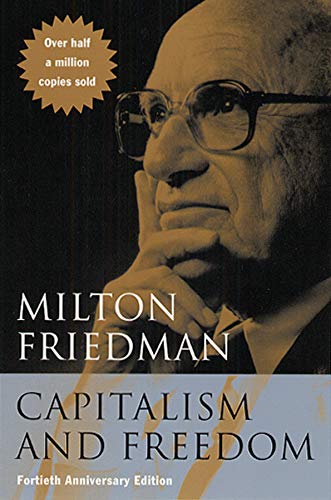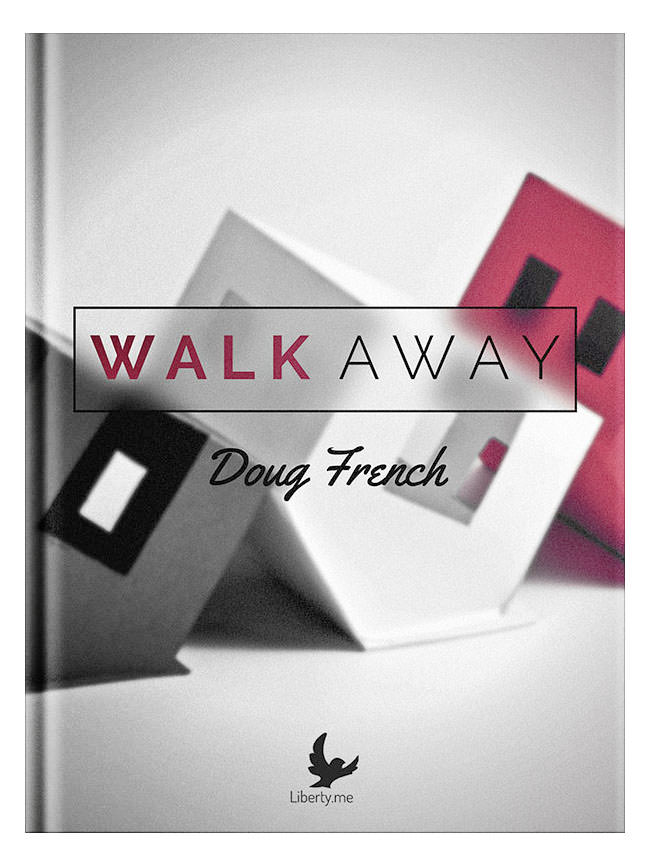
Early Speculative Bubbles and Increases in the Supply of Money
The Housing Bubble was hardly the first in human history. What’s eluded historians is the same issue that eludes commentators today: the underlying cause of bubbles.
This book is the first (and only) book to solve the mystery of the most famous bubble in world history: Tulipmania in 17th century Netherlands. It Is a legendary event but explanations have been lacking. People blame irrational exuberance, free markets, and an unleashed aristocracy.
Douglas French takes a different route: he follows the money to prove that the bubble resulted from a government intervention that dramatically exploded the money supply and fueled the tulip-price bubble – not altogether different from modern bubbles.
This book was French’s Master’s thesis written under the direction of Murray Rothbard and examining three of the most famous speculative bubble episodes in history through the lens of Austrian Business Cycle Theory.
Although each of these episodes is well documented, this book examines the monetary interventions that engendered each of these events showing that not only the Mississippi Bubble and the South Sea Bubble were caused by government meddling, but Tulipmania was as well.
Tulipmania was unique in that it was the sound money policy of the Dutch combined with free coinage laws that led to an acute increase in the supply of money and fostered an atmosphere that was ripe for speculation and malinvestment, manifesting itself in the intense trading of tulip bulbs.
The author examines not only the Mississippi Bubble but also the life and monetary theories of its architect, John Law. Professor Joe Salerno calls Law the world’s first macroeconomist who implemented a Keynesian monetary system in France nearly two hundred years before Keynes was born. At the same time across the English Channel, a nearly bankrupt British government looked on with envy at Law’s system, believing that he was working a financial miracle. It was anything but this and investors in both countries were devastated.
Although these episodes occurred centuries ago, readers will find the events eerily similar to today’s bubbles and busts: low interest rates, easy credit terms, widespread public participation, bankrupt governments, price inflation, frantic attempts by government to keep the booms going, and government bailouts of companies after the crash.
When will we learn? We first have to get cause and effect in history straight. This book is an excellent contribution to that effort.
Other Books From - Other Books
Other Books By - Doug French
Back

 Envy: A Theory of Social Behaviour
Envy: A Theory of Social Behaviour  The Open Society and Its Enemies
The Open Society and Its Enemies  Social Statics
Social Statics  The Wealth of Nations
The Wealth of Nations  The Theory of Moral Sentiments
The Theory of Moral Sentiments  On Liberty
On Liberty  Second Treatise of Government
Second Treatise of Government  The Calculus of Consent
The Calculus of Consent  Capitalism and Freedom
Capitalism and Freedom  The Counter-Revolution of Science
The Counter-Revolution of Science  The Failure of Common Knowledge
The Failure of Common Knowledge  Peer-to-Peer Lending
Peer-to-Peer Lending  Walk Away
Walk Away